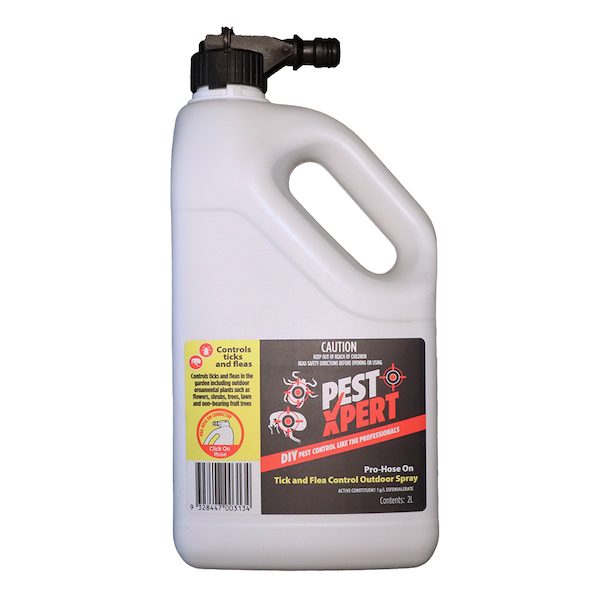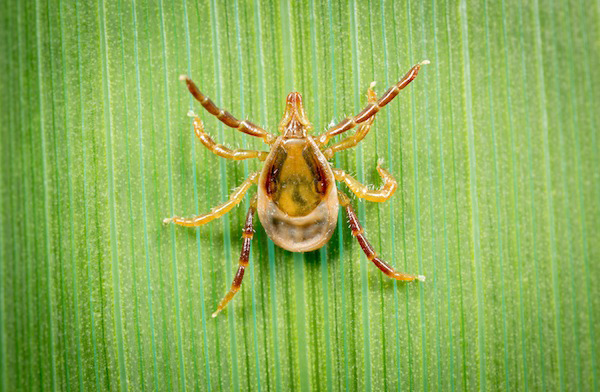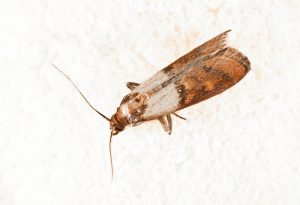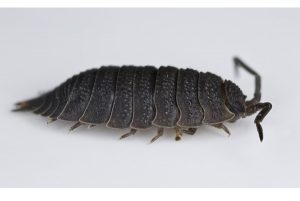
How to keep ticks out of your yard
Ticks aren’t just a problem in the bush, there’s a good chance they’re in your backyard too! So whilst pet owners may be switched on to the dangers of paralysis ticks and treat their pets with a suitable treatment, how do you protect your family from a potential tick bite?
Female paralysis tick looking for a meal
Ticks live in the leaf litter and grass. Contrary to popular belief they don’t drop out of trees onto your head, although they may climb up grass and small shrubs to wait for a suitable meal to walk by!
The main hosts for ticks are native animals, such as possums, bandicoots, koalas, wallabies and kangaroos. Although these animals are more common in the bush, possums and bandicoots will find their way into suburban back yards. When they do, they could be bringing ticks with them.
Ticks are present in the environment all year round. There are various life stages, with the young ticks looking like smaller versions of the adult. Young ticks are often referred to as ‘grass ticks’ and are something to be cautious about. Although small, they can still bite, and in the case of paralysis ticks can cause serious illness.
Understanding how ticks could be getting into your yard, and knowing where the ticks could be hiding, means you can come up with an action plan to keep your yard tick free. Although suitable fencing can be useful to keep bandicoots out of your yard, possums will always find a way in. So keeping your lawn and yard tidy and carrying out a lawn tick treatment is the way to go.
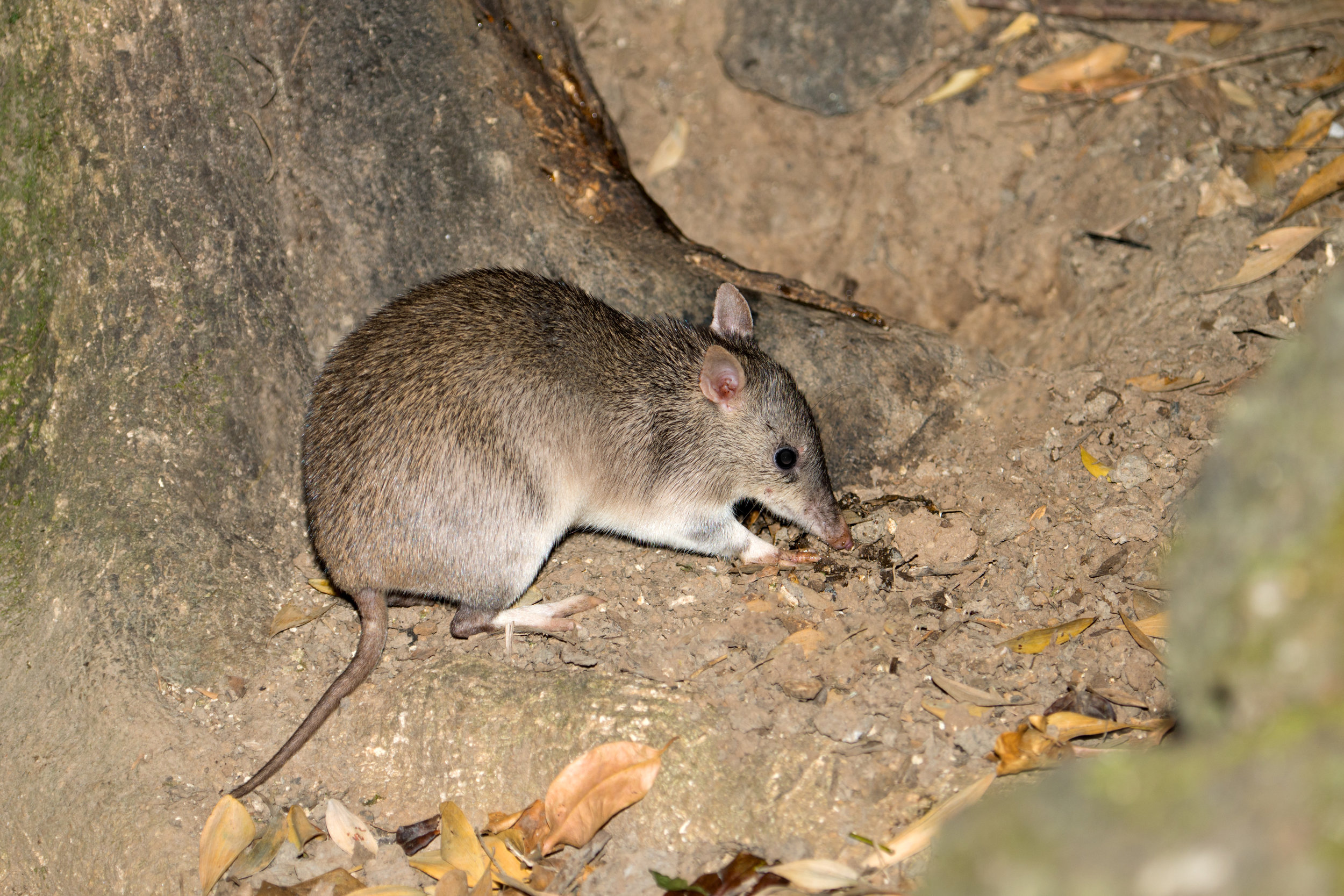
7 SMART LANDSCAPING TIPS TO CREATE A TICK-SAFE YARD
Make your yard less attractive to ticks by following these clever gardening techniques:
-
Mow lawns, rake and clear leaf litter weekly.
-
Remove grasses and brush from around the property.
-
Ensure your home and yard is rodent free (ticks will feed on rodents too)
-
Place play equipment in direct sunlight and away from yard edges and trees (shade).
-
Place gravel or woodchip (~1m wide) between lawns, wooded areas and play areas/equipment (e.g. trampolines, climbing frames, swings, etc.) creating a tick-free zone.
-
Erect good fencing (going below ground-level) to keep native animals out of the yard (e.g. bandicoots, wallabies and kangaroos).
-
Keep pet tick treatments up to date.
APPLY INSECTICIDE OUTDOORS TO CONTROL TICKS
Whilst landscaping will lower the risk of tick bites, it should form part of your overall tick control strategy. Insecticide applications to the lawn and garden should be used as well.
It’s critical to get deep down in amongst the leaf litter. PestXpert Pro-Hose On is a specialist tick treatment for lawns and gardens. Just click it onto your hose for an easy and safe application, eliminating ticks in your yard and greatly reducing the chance of a tick bite. Repeat every few months to keep your yard tick free.
More information on paralysis ticks
PESTXPERT PRODUCTS FOR TICK CONTROL
PestXpert Pro Hose-On Tick and Flea Control Outdoor Spray
